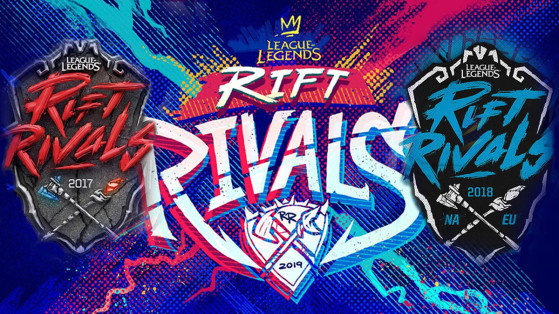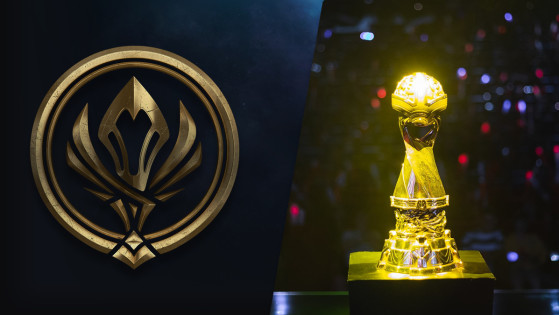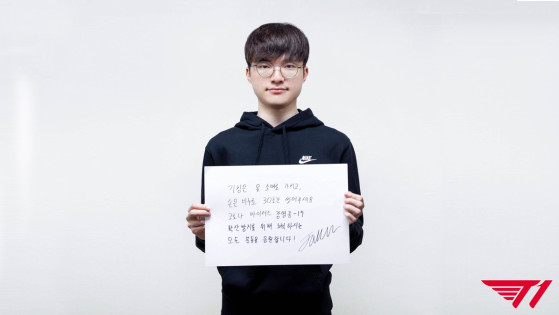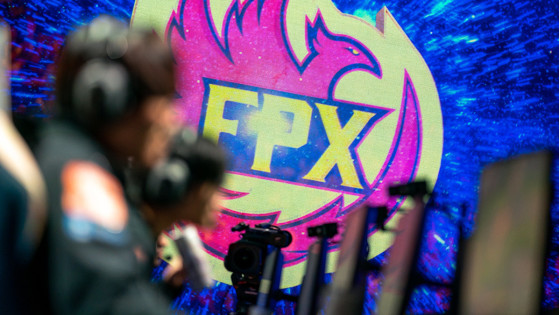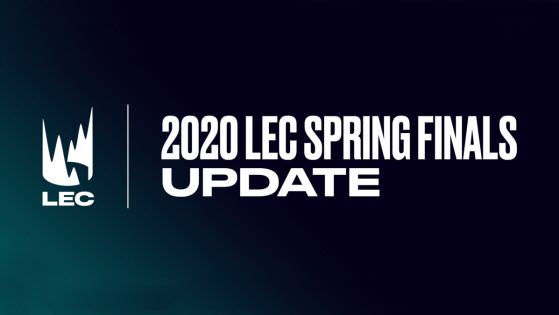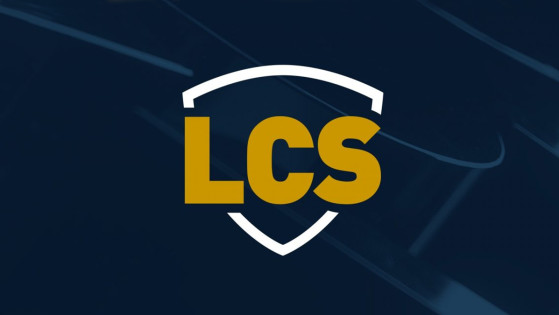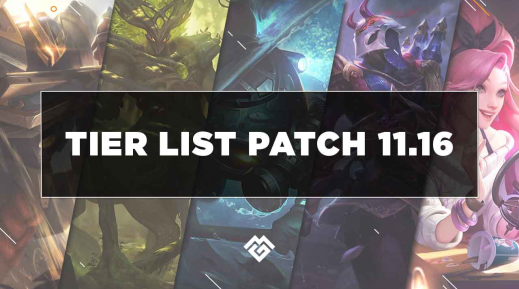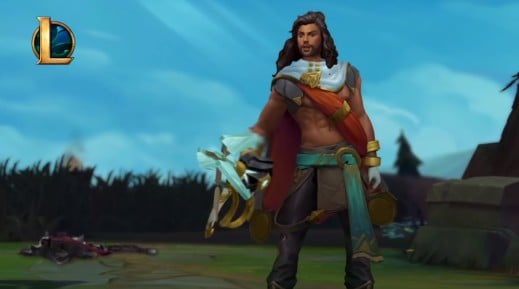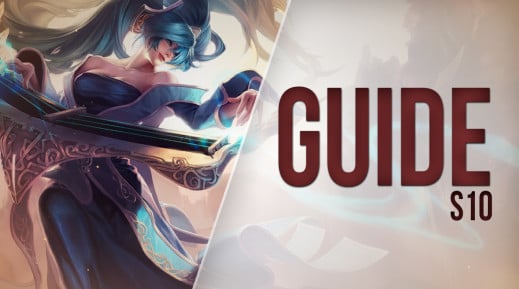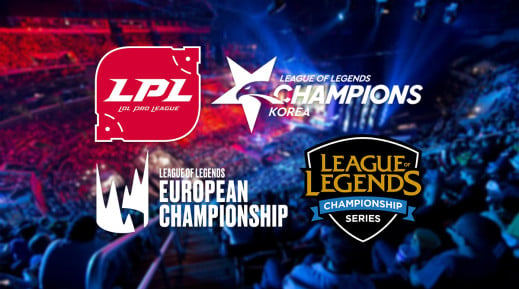Until now, Riot Games had managed to limit the breakage by playing the timer card in the face of a wave of coronavirus epidemics (COVID-19) that had become global. The first physical competition to be impacted, the Chinese league (LPL) was suspended for more than a month before returning online this week. In South Korea, the world's second-biggest outbreak of the disease, the LCK is now under lockdown pending a health situation conducive to a resumption of matches. With the Eastern leagues falling behind on the annual competition calendar, Riot Games has nevertheless maintained its traditional Mid-Season Invitational, which has been postponed to July 2020 for the first time ever.
While the risk of a pandemic has led Riot Games to revise its medium-term schedule — notably by bringing forward the dates of the Summer Split — in order to meet its many commitments, the outright cancellation of the Rift Rivals 2020 constitutes a first crack in the publisher's crumpled, masked calendar.
"Rift Rivals produced some epic battles, but the challenges it created to the annual schedule were felt at both a regional and global level.", said Riot Games' Global Head of Esports John Needham in a press release published on the official website, "We remain committed to producing globally resonant events that showcase our sport, and will work with regions to determine fresh ways to do so in the years ahead."
In the end, EU > NA
Since 2017, the Rift Rivals have traditionally offered, between the end of June and the beginning of July, a two-to three-day inter-regional competition insert in the Summer Split of the leagues concerned. Held between the Mid-Season Invitational in May and the Worlds in October, the Rift Rivals attract the top three teams from each league, who each meet three other teams in a "Best of 1" format tournament.
The competition has often suffered from a lack of fan interest due to its almost exclusive focus on the regional rivalry. While the concept resonated with European and American audiences from the outset, its adaptation to other parts of the world — out of concern for fairness — has sometimes proved artificial. In 2017, the Russian league (LCL) was pitted against the Turkish league (TCL) in the very first Rift Rivals. A year later, the "duo" became a trio, when it was joined by the newly formed Vietnamese league (VCS).
Aware of the tournament's shortcomings in its storytelling, Riot Games took the decision to restrict the Rift Rivals to two tournaments instead of five in 2019: the EU/NA rivalry was still in the spotlight, alongside a four-way party between China, Korea, Taiwan, and Vietnam.
In addition to holes in its branding, the tournament also suffers from a first limitation, which often boils down to a difference in level between the participants. Today, the Rift Rivals are more or less an opportunity to see Europe — winner in 2018 and 2019 — destroying North America for the vast majority of the public. Apart from the very contradictory nature of the scores with the "rivalry" spirit of the competition, the Rift Rivals have become, over the years, a space dedicated to showmatches between G2 Esports and Team Liquid more than anything else.
From exhibition to punishment
Under the July sun, the Rift Rivals are also plagued by jet lag. Setting up three days of competition in the middle of Summer Split is already a tour de force. At this time of year, each team tries to negotiate a place for the World Championships in October. In this way, the Summer Split is impossible to circumvent as it rewards more than the Spring Split, with a qualifying place at the Worlds for the playoff winner. While the Rift Rivals' rhythm remains surmountable for a top team, the tournament is being held at the expense of a decisive final straight for everyone.
On the spectator side, the Rift Rivals' major problem is that they create an obvious overlap with the Mid-Season Invitational in their summer approach. Except that unlike the Rift Rivals, the MSI is more selective, spreads out over an average of a fortnight, provides a real competition tree, competes in its final phase in "Best of 3", and rewards the winner at his true value.
In the same way, it is delicate for any public to take an interest in the Rift Rivals as a competition that makes the news. Participants are invited to the Spring Split, which usually ends in mid-April, two and a half months before the tournament starts. This time interval, which is far from neutral, is likely to distort the state of play of a rivalry with the impact of a mid-season transfer period in between, for example. To illustrate this point, the 100 Thieves US runners-up only suffered defeat at the Rift Rivals, deprived of their star toplaner Ssumday and Meteos, then two key players for the Thieves.
This year, the Riot Games press release is very explicit. The unfavourable sanitary context forces the hand of John Needham. The editor uses the term "to sunset" to bring down the curtain on a tournament lacking in creativity and appeal.
This 'sunset' over the Rift Rivals perhaps betrays the desire for Riot Games to move on, and the likely promise to return with a format more capable of exploiting and celebrating the competition between the best leagues in the world. In the meantime, the publisher is exceptionally looking forward to seeing the public from July 3rd to 19th for the sixth edition of its Mid-Season Invitational.
